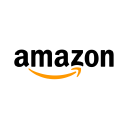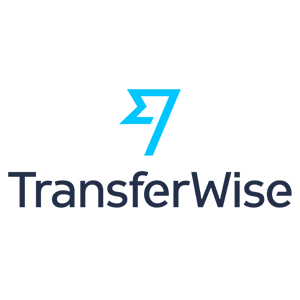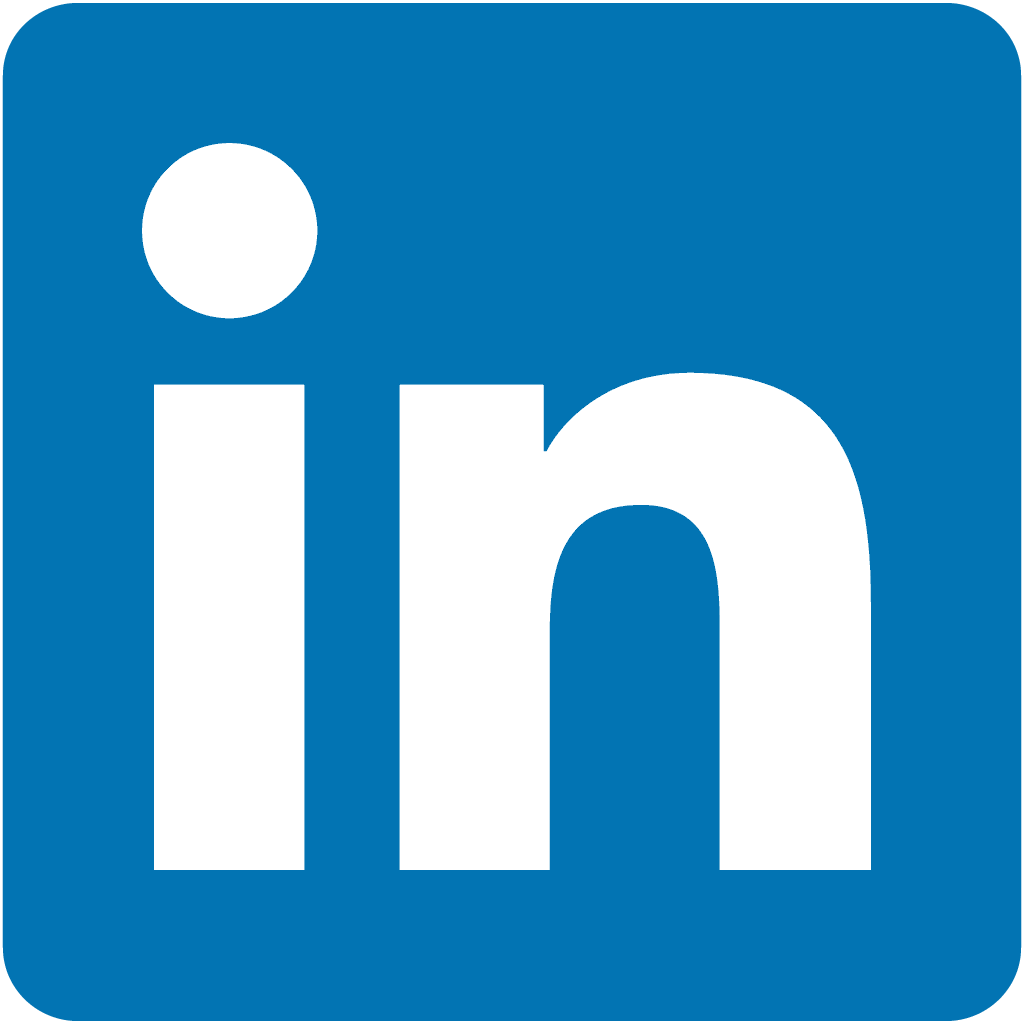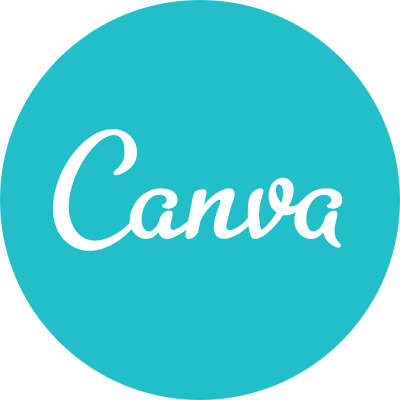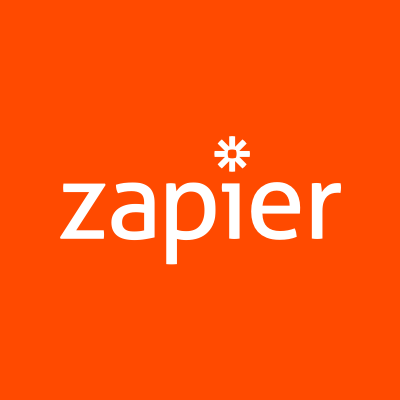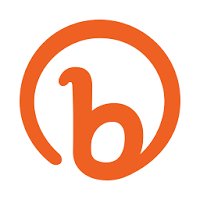How I Launched A $31K/Month Screensharing For Sales Teams App
Hello! Who are you and what business did you start?
I’m Jói Sigurdsson, an Icelandic entrepreneur and founder of CrankWheel. I spent 10 years at Google leading technical teams on projects such as Google Desktop and Chrome, and the rest of my 20-something year career has been spent “doing startups” as an early employee, CTO, or co-founder.
CrankWheel has been my baby for 5 years now, with my co-founder Gilsi who has a sales background. We provide a screen sharing solution tailor-made for sales teams who spend all day on the phone with prospects, which allows them to significantly decrease sales cycles by screen sharing earlier in the sales process. We’ve bootstrapped to about $370K ARR and are growing at a good pace, with less than 1% churn and typically negative churn for our larger accounts.

What's your backstory and how did you come up with the idea?
When I left Google mid-2014, I was planning to build the typical type of ex-Googler startup, one that would bring an approach that I had seen used successfully at Google and worked on, to the wider market. This was in the internationalization space. A couple of months in, I found that this had already been done, in the same way, with the same go-to-market strategy that I had been thinking of, and that the competition had even recently hired a person I had trained to replace me to work on the Google-internal version a couple of years earlier. I decided I did not want to compete in that space since they were already doing a great job.
As you can imagine, I kicked myself a bit for not realizing earlier, but I never regretted leaving Google - it was time, I had been wanting to start my own thing for several years at that point.
Around the same time, I reconnected with an old friend from primary school, my CrankWheel cofounder Gilsi, who I hadn’t spoken to more than a couple of times in over twenty years. He and I started brainstorming what types of solutions might be missing in his space, which was sales, particularly sales over the telephone to hard-to-reach prospects, of products like telecoms, insurance, banking, and software. We reinvented a lot of sales enablement tools before finding that lots of solutions already existed.
At some point, I asked him what type of screen sharing tools he would normally use in his work, and was surprised that as it turned out, people in consumer telesales weren’t using any screen sharing tools, and B2B telesales or inside sales would only use web conferencing very late in the sales cycle.
That’s where the idea for CrankWheel came from - make a screen sharing solution that lets you screen share even on the first call with a consumer or non-tech-savvy business prospect, thus making each call worth a whole lot more.
This was a great fit for me technically, as the project I had worked on for my last 6 months at Google was related to WebRTC, a real-time communication standard that had at the time just been added to the web platform, and that has been part of the technical foundation for CrankWheel.
We validated the idea by talking to a lot of business leaders who were involved in sales, mostly from Gilsi’s network and mine, starting with a back-of-the-napkin type of description and evolving into a demo. Feedback was quite positive so we decided to take the plunge.
Take us through the process of designing, prototyping, and manufacturing your first product.
When we were just starting out, I thought that I was the world’s biggest proponent of the “lean startup” methodology and would be talking to a ton of customers with early prototypes and such.
In fact, it was my co-founder Gilsi who pushed us to talk to probably five times more potential customers and months earlier in the process than I probably would have myself. We ran all of these meetings as sales pitches even though we didn’t have a product to sell yet, even when the only thing we could show were some drawings of intended functionality.
Talking to so many prospects so early was great. It gave us early feedback on our overall product idea that actually allowed us to simplify a great deal and get to market earlier. We heard fairly common feedback along the lines of “this part is great, but we can turn that off if we don’t need it, right?” around certain features we had been planning to include from the start, and obviously we decided to skip them. Some of them have since made it into the product, others are still not there and don’t seem to be needed.
Long term, the more important marketing activities are ones that are an investment: Great evergreen content, asking happy customers to write reviews to improve your listings and building partnerships that get you in front of an appropriate audience.
The initial prototype I hacked together was a Node.js app and a Chrome Extension that I’d say was something akin to salvaged scrap pieces held together by string and duct tape. Still, it allowed us to show what looked like a product in some of those early sales meetings, functioning end to end - but only for a single user and session at a time, and only by sticking pretty strictly to a demo script.
We rewrote our entire back-end before launching to customers using the Erlang programming language, this language choice was driven by one of our two first employees, Henry, and has proved to be a great choice. We’ve since expanded into also using Elixir (a close cousin of Erlang) for parts where that is more appropriate, but overall the soft real-time origins of Erlang have been a great fit for a communication system like ours.
Initially, we used Firebase as a database back-end but switched fairly soon to using a standard database (Postgres) which has proved to be a much better choice, that way everything updates in lockstep and it’s pretty easy these days to outsource operations of databases (we use Amazon RDS for this).
Describe the process of launching the business.
We got our first paying customers in September 2015, exactly one year after we first got the idea for CrankWheel, and 7 months after we started working full-time on CrankWheel and founded the company. These first customers came out of the prototype-stage customer interviews we did, and they are still customers as of today.
A bit before that, we had a landing page that we launched on BetaList, that got us our first few hundred email subscribers, and a few of those converted a little later, first half of 2016.

In terms of our biggest launch events, the first was when we went to the Slush conference in November 2015. We had our marketing website ready, our other first employee Jóhann had set up self-service subscription sign-ups for our different subscription plans, and we had a booth at the conference where we were demoing the product. Our expectation was that we’d sign up at least 50 new customers within a month of that launch.
Turns out we were a bit naive, but the conference was still a success in hindsight - we ended up demoing non-stop at our booth, and meeting a lot of prospects, and in the end, we got our first customer outside of Iceland a couple of weeks later, DTG, which is the yellow pages brand in the Netherlands. They are still customers to this day and one of our biggest customers to date came through word of mouth via DTG.
Another big launch event for us a few months later was roughly February 2016 when we launched on Product Hunt. This was an overwhelming amount of prep work and a very stressful day as I recall it. We made it to the front page, position 5 or so at its best and ended the day in the top 10, so this brought a fair bit of traffic over the next several weeks but did not live up to my (again, naive) expectations.
Later on, we launched an add-on feature we call Instant Demos with a big splash, at a conference in Dublin. This was perhaps our best launch “event”, we signed up 7 new customers for this part of the product who all signed a contract to prepay for the product before it was even ready.
Looking back, I’m sure each of these different launch events helped us even though our expectations were overly optimistic. A lesson I’ve learned, though, is that long term, the more important marketing activities are ones that are an investment: Great content that you publish and is evergreen, asking happy customers to write reviews on review sites and in marketplaces (in our case, the Chrome Web Store) to improve your listings there, and building partnerships like an affiliate program, co-sponsorships and channel partners that get you in front of an appropriate audience. These investments compound over time and today we get over 2500 signups (mostly freemium) per month where over 90% of them cost us “nothing” except our ongoing investments over the last several years on those fronts.

We bootstrapped CrankWheel, both of us founders investing some of our own money, and getting revenues quite early. We also qualified for some government grants from the Technology Development Fund in Iceland, which helped a lot and for which we are very grateful.
Since launch, what has worked to attract and retain customers?
For us, the approaches that have worked best for us to attract customers have primarily been exhibiting at conferences, word of mouth, and a “land and expand” strategy arising from the high level of freemium distribution that we’ve had for the last couple of years.
In terms of conferences, we started out going to a few large generic conferences like Slush, but as soon as we saw some verticals where CrankWheel was a good fit, we switched gears to mostly attending smaller conferences focused on that vertical. The first example of a vertical like this for us was “local search” which is essentially yellow pages companies, digital agencies catering to small businesses, and more. Going to more focused conferences has allowed us to build a brand within such verticals more quickly, and to learn faster what customers in these verticals value and need.

Word of mouth is a natural consequence of having a high-quality product that solves an important pain point for your customers, in our case of accelerating sales in the telesales model. You can also nudge it a bit by actively asking happy customers for referrals and such.

Once our listing in the Chrome Web Store and our traffic from other sources got to a good place, we started seeing a high level of distribution of our freemium model for free, at which point we implemented a “land and expand” strategy where users within a company might start using CrankWheel for free in a small team, then once successful it spreads to the rest of the team or a larger team, and at some point, usage exceeds our freemium levels and we look for the decision-makers who can commit that company to become a paying customer. We put in place various automated processes as well as manual sales and customer success processes that help nudge qualified prospects along this path.

We have very low churn, and our strategy to retain customers has been very simple:
Continuously listen to customer feedback from customers who fit our ideal customer profile, and implement product improvements that will benefit them; and
Provide exceptional customer service, with a goal to respond in all cases (for paying and freemium users alike) within several hours worst-case, and exceeding much stricter SLAs than that for many of our enterprise customers.
Make ourselves (particularly, us two founders) available and known to our customers as humans with personality, not just as faceless “company representatives”.

How are you doing today and what does the future look like?
About two years ago, we were losing money each month, and we realized that although our revenues were growing, they would not grow fast enough for us to reach break-even before running out of money. We made the painful decision to cut costs across the board to become cash-flow positive. This meant terminating several great employees, which was tough, and Gilsi temporarily spending most of his time working on other paid projects. For a while, I was the only full-time employee, with some part-time freelancers supporting me.
Although the change was painful, it was the right change to make. Since then, we’ve been cash-flow positive every month, our revenues have grown significantly, and we’ve been quite profitable. We now have a nice “war chest” to invest in growth, and we’re back to 5 people roughly full-time plus another 7 freelancers who do some work every month, anywhere from a few hours up to 50%.
The way we operate today is as a fully remote team. Gilsi and I both live in Iceland’s capital area, but we’ve found that we are both more effective when we spend the bulk of most days working from separate locations, then get together regularly when we need to collaborate more closely. The rest of our team is distributed through Eastern Europe, South Africa, the USA, Canada, and the UK, with graphic design, development, QA, customer success, content writing, and sales all working remotely from different locations.
Looking forward, we are ramping up more sales efforts as well as beefing up our product development a little bit. We’ve grown at 40% CAGR for the last couple of years and hope to continue growth on this trajectory or better while staying profitable and continuing not to take any outside funding.
Through starting the business, have you learned anything particularly helpful or advantageous?
Through running CrankWheel, and especially in the last couple of years since we went through our cost-cutting changes, I feel that I’ve learned a lot about how far you can get with a tiny team and tiny costs, and how efficient a fully-remote team can be. I started blogging about just recently, the first post in probably a small series is up on my personal home page.
What platform/tools do you use for your business?
I’ve tried to keep the number of different tools we use to a minimum, both as a part of keeping costs down, and to simplify where to look for things.
To that end, we have only two main stores of company documents:
GitHub for code. It’s the industry standard and it’s really good. I started there and never saw a reason to switch.
G Suite for everything else. Gmail is great (although personally I use Superhuman on top of it), Calendar is great, and Google Drive is extremely flexible. I’ve seen many cases where we tried a separate tool, for example for creating internal checklists, wherein the end it was simpler to just create some custom spreadsheets and write documentation around those.
We use Salesflare as our CRM. I can’t say enough good things about this system, it’s a great choice for small(ish) businesses that are selling B2B. It automates a lot of things for you, helps you remember to follow up, and just makes your life easier. Also, it’s fairly opinionated about the sales process and how sales activities should be initiated and tracked, and this makes it a lot easier to get up to speed with it and train new salespeople - assuming, of course, that your company fits their profile of a small B2B business.
For customer support, we currently use Zendesk for email-based tickets and our help center, and a few months ago we started using Gist for on-site and in-app chat. We’ll likely migrate our email-based tickets and help center to Gist someday soon.
We use Zapier for connecting different systems, primarily around automating some sales-related activities. For example, when one of our freemium accounts has exceeded the freemium usage levels, they get put on a 30-day unlimited trial of our paid plans, and when this happens, a Zapier automation creates an opportunity in Salesflare with all the relevant details and contacts, and in the appropriate stage of our pipeline, so that we can start a more active manual nurture of that account.
Many of our regular freelancers, we hired through Upwork. A fantastic tool I have to mention for working with and training your freelancers, as well as for use in customer support, is Loom for screen recording.
Finally, we use our own product quite a lot for sales, both for screen sharing and for quickly handling inbound requests, just like our customers do, but also as a kind of specialized CRM before leads go into Salesflare, as that is where we have the best overview of freemium vs. paid accounts, accounts about to hit usage limits, and such, along with automation that make it a one or two-click thing to get such accounts into Salesflare at the appropriate time.
What have been the most influential books, podcasts, or other resources?
Built to Sell by John Warrillow had a strong influence on me and I recommend it a lot. We’re not considering selling CrankWheel, but the advice in the book isn’t just for folks who are in that mode - it has lots of ideas for how to streamline your business through standardizing on products (or services) and creating standard operating procedures that staff can easily be trained on, that I learned a lot from.
For advice on sales, I love the Conquer Local podcast with George Leith. Lots of very knowledgeable guests, a host that just spouts wisdom, and just the right length for me, plus the focus on selling to SMBs is a fit for us.
Advice for other entrepreneurs who want to get started or are just starting out?
If you’re bootstrapping, keep your costs down and get cash-flow positive as quickly as you can, but until you do, try to operate in the most efficient manner you can, maximizing investments that will pay off over time, rather than buying into the “hustle” and quick fix, make-it-or-break-it that mentality that you’ll see espoused in a lot of articles on startups.
I felt a huge shift in mindset once we were cash-flow positive, towards ensuring efficient operations and minimizing costs, that I wish I’d had in the earlier days when my focus was much more on growth at any cost, which when it doesn’t arrive fast enough can quickly kill your company.
Where can we go to learn more?
Some photos credit Leifur Wilberg
If you have any questions or comments, drop a comment below!

Download the report and join our email newsletter packed with business ideas and money-making opportunities, backed by real-life case studies.

Download the report and join our email newsletter packed with business ideas and money-making opportunities, backed by real-life case studies.

Download the report and join our email newsletter packed with business ideas and money-making opportunities, backed by real-life case studies.

Download the report and join our email newsletter packed with business ideas and money-making opportunities, backed by real-life case studies.

Download the report and join our email newsletter packed with business ideas and money-making opportunities, backed by real-life case studies.

Download the report and join our email newsletter packed with business ideas and money-making opportunities, backed by real-life case studies.

Download the report and join our email newsletter packed with business ideas and money-making opportunities, backed by real-life case studies.

Download the report and join our email newsletter packed with business ideas and money-making opportunities, backed by real-life case studies.
